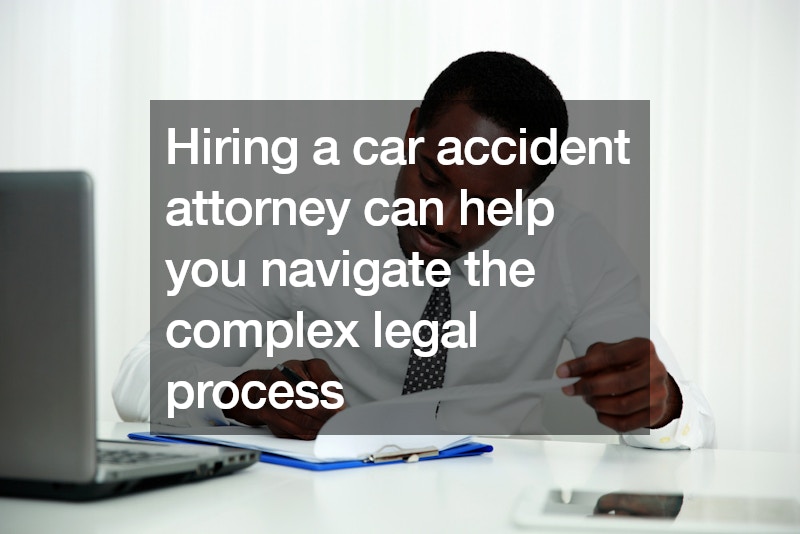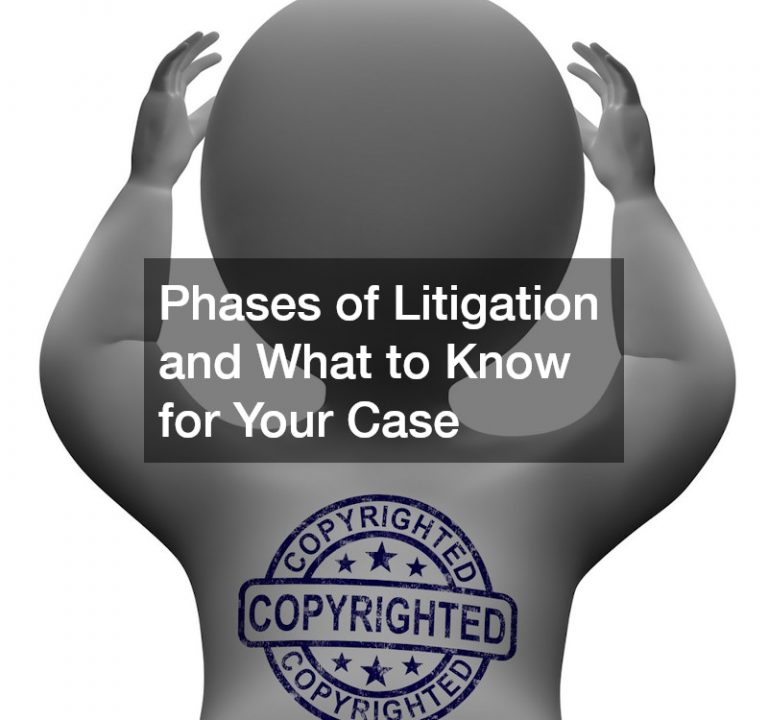Car accidents can be traumatic and overwhelming, leaving victims with physical injuries, emotional issues, and financial problems. Hiring a car accident attorney can help you navigate the complex legal process, ensuring you receive the compensation you deserve. Understanding what to expect after hiring a car accident attorney can alleviate some of the uncertainty and stress, allowing you to focus on recovery. This article will guide you through the typical stages of the legal process following a car accident.
Initial Consultation and Case Evaluation
The first step after hiring a car accident attorney is the initial consultation. During this meeting, your attorney will gather essential information about the accident, including the circumstances leading up to the incident, the extent of your injuries, and any damages to your vehicle. Be prepared to provide any relevant documents, such as police reports, medical records, and insurance information.
Your attorney will study your case, discuss potential legal strategies, and explain the possible outcomes. This is also an opportunity for you to ask questions and understand the legal process ahead. A good attorney will be transparent about the strengths and weaknesses of your case and set realistic expectations.
Investigation and Evidence Gathering
Once you decide to proceed, your car accident attorney will conduct a thorough investigation. This involves collecting and analyzing evidence to build a strong case. Key steps in this phase include:
Gathering Evidence: Your attorney will collect accident reports, witness statements, photographs, and any available video footage. This evidence is crucial in establishing liability and supporting your claim.
Reviewing Medical Records: Detailed medical records and expert opinions are essential to demonstrate the extent of your injuries and the impact on your life.
Consulting Experts: In some cases, your attorney may work with accident reconstruction specialists, medical professionals, or economic experts to strengthen your case.
This phase is critical for building a solid foundation for your claim. The more comprehensive the evidence, the stronger your position in negotiations or at trial.
Filing a Claim and Negotiating with Insurance Companies
With the evidence gathered, your attorney will file a claim with the at-fault party’s insurance company. This involves submitting a demand letter outlining the facts of the case, your injuries, and the compensation you seek. The demand letter serves as the starting point for negotiations.
Insurance companies often attempt to minimize payouts, so having a skilled car accident attorney on your side is invaluable. Your attorney will negotiate on your behalf, countering any lowball offers and advocating for fair compensation. This phase can be lengthy, as negotiations may involve several rounds of offers and counteroffers.
Filing a Lawsuit
If negotiations with the insurance company fail to yield a satisfactory settlement, your car accident attorney may advise filing a lawsuit. This formally initiates the legal process and involves several steps:
Complaint: Your attorney will draft and file a complaint with the court, detailing the facts of the case, the legal basis for your claim, and the damages you seek.
Service of Process: The complaint is served to the defendant (the at-fault party), notifying them of the lawsuit.
Defendant’s Response: The defendant has a specified time to respond to the complaint, either admitting or denying the allegations and possibly filing counterclaims.
Discovery Phase
Once the lawsuit is underway, both parties enter the discovery phase. This is a critical stage where each side gathers additional evidence and information from the other. Key components of discovery include:
Interrogatories: Written questions that each party must answer under oath.
Depositions: Sworn, out-of-court testimonies of witnesses and parties involved, conducted by attorneys from both sides.
Requests for Production: Formal requests for documents, records, and other tangible evidence relevant to the case.
The discovery phase can be time-consuming and may uncover new information that could influence the direction of your case.
Pre-Trial Motions and Settlement Negotiations
Before the case goes to trial, there may be pre-trial motions to resolve certain issues or disputes. These can include motions to dismiss the case, exclude certain evidence, or compel the other party to provide information. During this time, settlement negotiations often continue, and many cases are resolved without going to trial.
Trial
If a settlement cannot be reached, your case will proceed to trial. During the trial, both sides present their arguments, evidence, and witness testimonies before a judge or jury. The trial process involves:
Opening Statements: Each side outlines their case and what they intend to prove.
Presentation of Evidence: Both parties present evidence, call witnesses, and cross-examine the other side’s witnesses.
Closing Arguments: Each side summarizes their case, emphasizing key evidence and arguments.
Deliberation and Verdict: The judge or jury deliberates and reaches a verdict, determining liability and any awarded damages.
Post-Trial
After the trial, there may be post-trial motions or appeals, depending on the outcome. If you win the case, your attorney will help ensure the judgment is enforced and you receive the awarded compensation. If the defendant appeals, your attorney will represent you in the appellate process.
Conclusion
Hiring a car accident attorney provides invaluable support and expertise throughout the legal process. From the initial consultation to the final resolution, your attorney will advocate for your rights and work tirelessly to secure the best possible outcome. Understanding each stage of the process can help you feel more confident and informed, allowing you to focus on your recovery while your attorney handles the complexities of your case.
.


